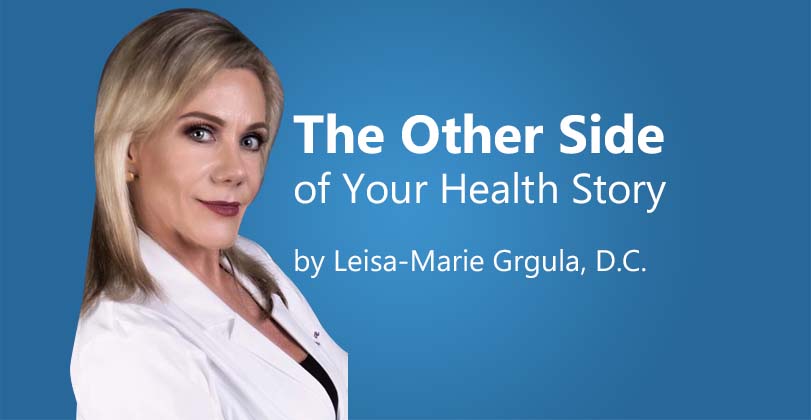I’m hearing from patients more and more now, that 6-12 months after joint surgery, their pain is still there. Perhaps more people are putting off surgery, and their condition is much further along than it should have been. Otherwise, I don’t remember hearing this statement for the last 29 years of my practice as often as I do now. It seems like these patients have nowhere to turn once they realize that the pre-surgical pain never stopped, even 6 months to a year after joint surgery.
After joint surgery, generally, the surgeon will order another MRI to determine how the surgery is healing. What I’m hearing from patients is that even once they report pain after 6 months, usually the same level of persistent pain they experienced prior to the surgery, the surgeon still does not order a post-surgical MRI. This leaves the patient frustrated and confused. Of course, every patient receiving surgery does not have this experience, but more and more patients are.
In many cases, once the patient reports the same level of pain prior to the original surgery, the surgeon recommends another surgery.
The common recommendations for a surgery that did not relieve the initial pain, may include:
- Medication Management
- Conservative Care such as Chiropractic and or Acupuncture,
- Second Opinion
- Revision Surgery
- Pain Management Clinic
- Lifestyle Modifications
- Psychological Support
- Most patients do not want another surgery, so they are left looking for something that will now relieve their pain, conservatively. The procedure, rehab, and down time was enough the first time, and the patient does not want to repeat the same process. They also do not want to go to pain management to have injections or to take medications that may be addictive. This is when they come to my office.
Over the last 29 years, I’ve been able to offer these patients acupuncture, physiotherapies, and in some cases, chiropractic care. - Now that my office is an integrated medical office focusing on regenerative medicine, we have been able to prevent many patients from having surgery in the first place. For those who have had surgery and are still not satisfied with the results, we are able to offer HCT, formally known as stem cells, to assist in the healing from the surgical procedure. Even if a patient is going in for spinal or joint surgery, HCT can be done after the surgery to assist in healing. This has helped many patients to feel better quicker and has seemed to reduce the number of surgeries that are not resolving the initial problem.
- Should a patient choose HCT, they are examined in my office. I review their pre and post-surgical MRIs. If they have not had a post-surgical MRI, my Nurse Practitioner, or myself will order one immediately. At that point, we can see the big picture as to what is going on. Most of these patients have also already had PT and are following the post-surgical instructions.
- We then coach the patient about making non-inflammatory decisions in their lifestyle. This is very important to reduce inflammation and give any therapy the best chance of resolving or at least improving their condition. Once this is done, the patient is ready to receive the protocols we have designed for them. HCT therapies in my office are not “cookie cutter”. The treatment depends on the patient’s condition and history, especially pre or post-surgical patients. The process is straight forward, and the results are based on the compliance of the patient. Being sure to design the right treatment plan for the patient is the most important factor.
- We must know what the patient’s goal is, and what the patient is expecting the HCT therapy to achieve. It’s much less invasive than surgery, with no down time. Patients can drive themselves to the office for treatments, as there is no general anesthesia or medication necessary. Our patients are back to their outdoor activities in the next day or 2, depending on the treatment.
- In our office, we do not offer bone marrow aspiration, or adipose tissue, therefore no invasive HCT therapy is done. Our cells come from the donated umbilical cord of a live birth. The cord cells are then tested for genetic issues, and once genetic or other issues are cleared, the cells are processed by the lab. We receive them frozen at 80 degrees below zero centigrade, are thawed, and immediately used for treatment. The process is quick, and the patient’s appointment generally lasts no longer than 15 minutes.
- If you or anyone you know has joint pain, and still has pain after surgery or is considering surgery, please call my office for a complimentary consultation.
- If you’d like to read all the articles, I’ve written over the last 6 ½ years, please visit my website at the bottom of this article.
For any questions regarding my articles, please email me at [email protected]
Leisa-Marie Grgula. DC
Chiropractic Physician
Accurate Care Medical Wellness Center
18261 N. Pima Rd. Ste. #115
(480) 584-3955
www.CaringPainRelief.com
https://www.facebook.com/AccurateCare/





